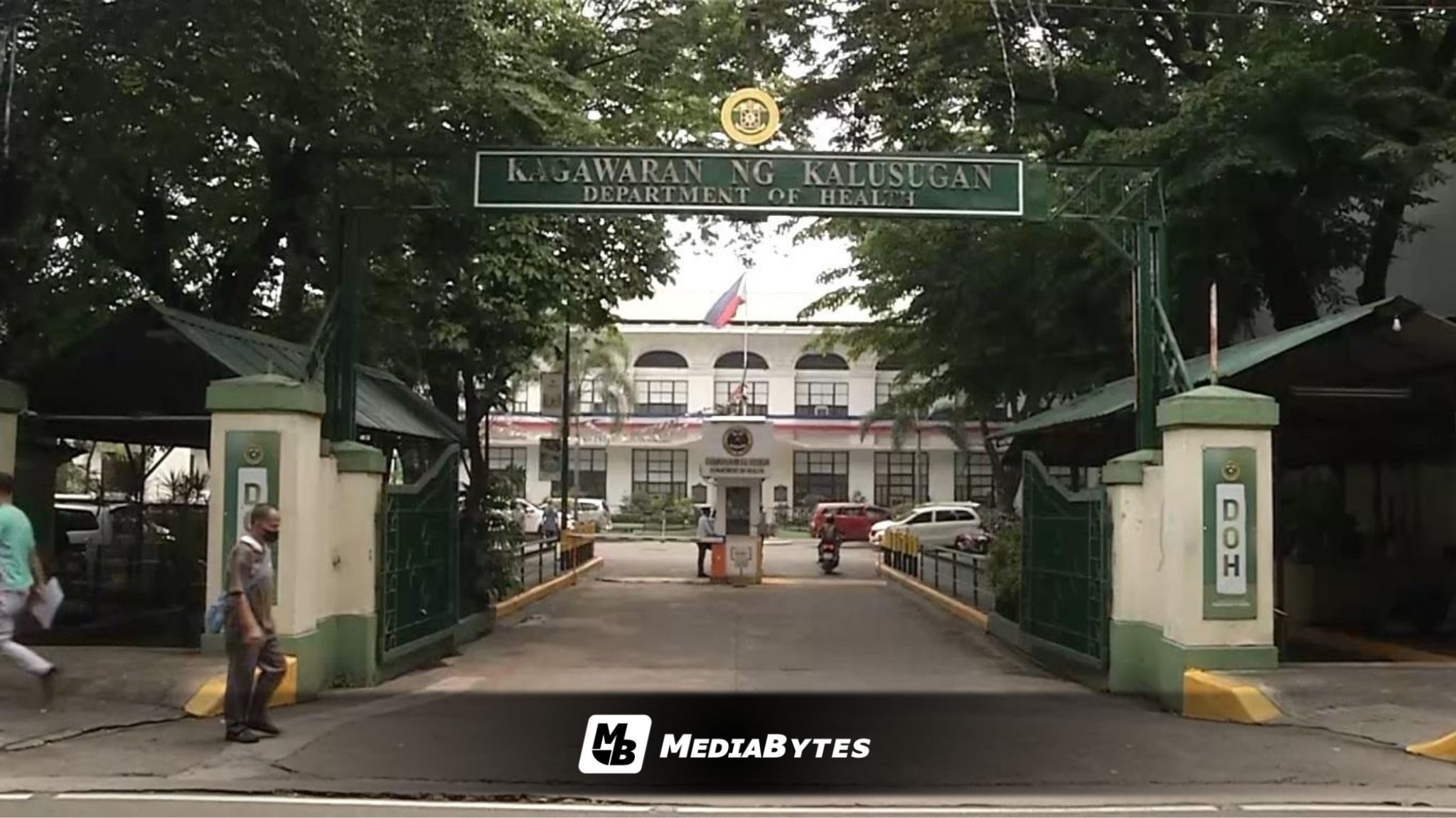The Department of Health (DOH) has officially presented the designated quadrants and hospitals across Metro Manila that will spearhead the government’s emergency health response in the event of a massive earthquake known as “The Big One.”
In light of the recent strong earthquakes that struck different parts of the country, the DOH, together with representatives from various hospitals, showcased their emergency response and contingency plans should a major quake hit the National Capital Region (NCR).
According to Health Secretary Teodoro “Ted” Herbosa, the agency has divided Metro Manila into four quadrants—North, East, West, and South—to ensure an organized and efficient medical response during large-scale emergencies.
“By assigning quadrants, nearby DOH hospitals can immediately assist other medical facilities that may be damaged or overwhelmed when a strong earthquake occurs,” the DOH explained.
Quadrant Assignments
North Quadrant:
- Dr. Jose N. Rodriguez Memorial Hospital and Sanitarium
- San Lorenzo Ruiz Women’s Hospital
- Valenzuela Medical Center
- East Avenue Medical Center
- National Children’s Hospital
- Philippine Orthopedic Center
- Quirino Memorial Medical Center
- Lung Center of the Philippines
- National Kidney and Transplant Institute
- Philippine Heart Center
- Philippine Children’s Medical Center
East Quadrant:
- Amang Rodriguez Memorial Medical Center
- Rizal Medical Center
West Quadrant:
- Dr. Jose Fabella Memorial Hospital
- National Center for Mental Health
- San Lazaro Hospital
- Tondo Medical Center
- Dr. Jose R. Reyes Memorial Medical Center
South Quadrant:
- Research Institute for Tropical Medicine (RITM)
- Las Piñas General Hospital and Satellite Trauma Center
Secretary Herbosa also reminded all health workers to prioritize the safety of their families before reporting for duty, emphasizing that responders cannot perform effectively if they are worried about their loved ones during a major disaster.
He added that the DOH has also implemented mandatory rest periods for all emergency responders to prevent burnout and ensure sustained medical operations throughout the crisis.



